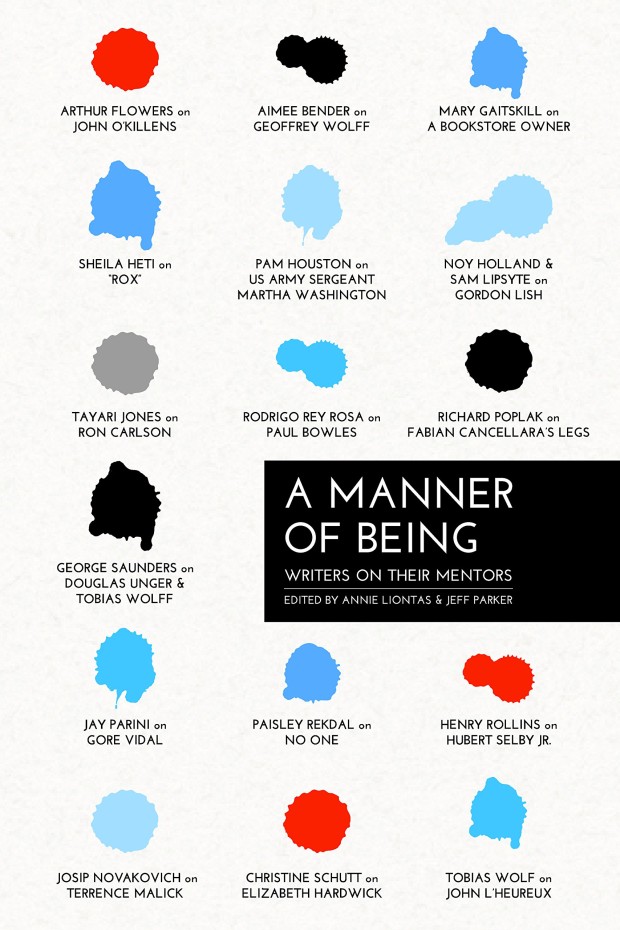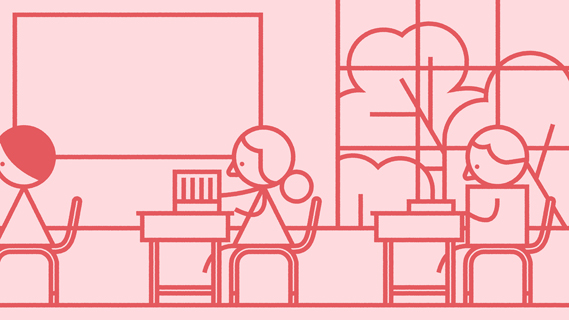
In spite of the hardcover’s beautiful jacket design (by Paola Ecchavaria), it was a citation in Nicholas Carr’s recent book The Shallows that finally got me to read Proust and The Squid by Maryanne Wolfe.
It is a fascinating if, at times, academic book that examines the history of written language and the corresponding development of our ‘reading brain’. In a chapter on reading development, Wolfe includes a charming, witty poem on the vagaries of English pronunciation that I wanted to share. Wolfe says the poem is anonymous, but I have subsequently seen it attributed to T.S. Watt. Please let me know if you have any further details…
I take it you already know
Of tough and bough and cough and dough.
Others may stumble but not you,
On hiccough, through, lough and through.
Well done! And now you wish, perhaps,
To learn of less familiar traps.
Beware of heard, a dreadful word
That looks like beard and sounds like bird,
And dead; it’s said like bed, not bead;
For goodness’s sake, don’t call it deed!
Watch out for meat and great and threat,
(They rhyme with suite and straight and debt).
A moth is not a moth in mother,
Nor both in bother, broth in brother,
And here is not a match for there,
Nor dear and fear for bear and pear,
And then there’s dose and rose and lose–
Just look them up–and goose and choose,
And cork and work and card and ward,
And font and front and word and sword,
And do and go and thwart and cart.
Come, come, I’ve hardly made a start.
A dreadful language? Man alive,
I’d mastered it when I was five.
And yet to read it, the more I tried,
I hadn’t learned it at fifty-five.
Like this:
Like Loading...




